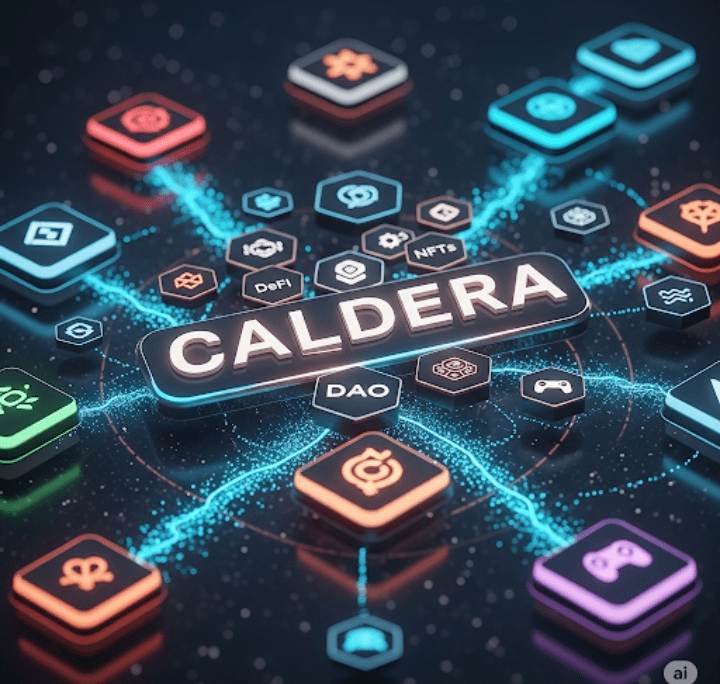The Web3 economy stands on the brink of a new era of innovation. Instead of a single 'main' network trying to be everything for everyone, the future belongs to specialized blockchains – rollups that can optimize their performance for specific tasks. This is where Caldera comes into play, a platform that not only creates rollups but builds the 'Internet of Rollups', where each project gets its own high-speed lane, free from congestion and high fees.
The scaling problem and Caldera's solution
Traditional blockchain architectures, such as Ethereum, often face scalability issues. As the number of users and transactions grows, the network becomes overloaded, leading to:
High fees: Anyone who has used decentralized applications (dApps) during peak loads knows how expensive transactions can be.
Low speed: Due to congestion, transactions can take a very long time to process.
Limitations for developers: Projects with unique needs (e.g., games that require thousands of transactions per second) cannot operate efficiently in a shared network.
Caldera addresses these issues by offering a Rollups-as-a-Service (RaaS) model. This approach allows developers to quickly and easily deploy their own specialized rollups. Just as Amazon Web Services (AWS) allowed any company to launch its own website, Caldera enables any project to create its own customized blockchain in minutes.
How Caldera accelerates innovation and reduces costs
Freedom of customization
Caldera gives developers complete control over their blockchain. They can customize everything from the consensus mechanism and virtual machine to tokenomics and gas fees. This enables the creation of specialized blockchains for specific industries:
DeFi: Rollups optimized for high-speed exchanges and arbitrage.
Games: Rollups that provide lightning-fast transaction speeds for in-game items without fees.
Social networks: Rollups that allow the creation of decentralized profiles with low or no costs.
Time and resource savings
Instead of developing a rollup from scratch, which is an extremely complex and costly process, teams can use pre-made templates from Caldera. This significantly reduces development time and allows teams to focus on creating unique product functionality rather than basic infrastructure.
A unified ecosystem
Despite the fact that each rollup operates independently, Caldera unites them into a single network through its Metalayer. This shared layer allows rollups to communicate seamlessly, exchange data and liquidity. This solves the fragmentation problem that arises in the rollup ecosystem and creates a sense of a unified, connected network. Users no longer need to use complex and risky "bridges" to transition between chains.
Conclusion: A platform shaping the future
Caldera is more than just a tool. It is a platform that democratizes access to blockchain infrastructure, making it available to everyone. It not only scales Ethereum; it creates the foundation for a new, multi-chain Web3 economy where innovation and experimentation can thrive without limits. By opening doors to specialized applications, Caldera helps unlock the true potential of blockchain, transforming it from a single chain into a whole network of interconnected, high-performance ecosystems.
